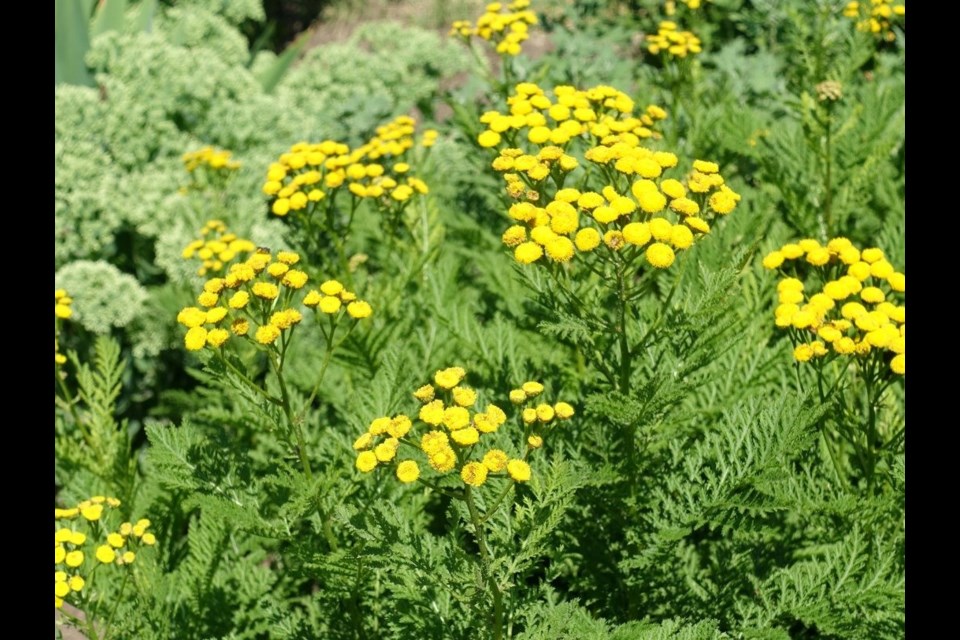MOOSJAWTODAY.COM — The Moose Jaw River Watershed Stewards is promoting an education campaign to inform residents about how damaging invasive species like common tansy, yellow toadflax and dalmatian toadflax are to the surrounding environment.
The organization (MJRWS) recently teamed up with SaskEnergy to better promote “ that discusses different non-native plant species that have become invasive and harmful.
The first species the organization discussed were common tansy, followed by yellow toadflax and dalmatian toadflax.
Common tansy has been used as an insect repellent since the Middle Ages, while the early Prairie pioneers planted this flower near their houses to deter mosquitoes, MJRWS explained. However, this flower escaped yards and is now found in natural areas.
The Saskatchewan Weed Control Act designates this plant as a noxious weed.
Yellow toadflax and dalmatian toadflax may look like a regular garden variety snapdragon, but they are not, the organization said. In Germany, yellow toadflax was used for centuries as a clothing dye, while in Canada, both plants now cause problems.
The Saskatchewan Weed Control Act designates dalmatian toadflax as a prohibited weed and yellow toadflax is a noxious weed.
Other invasive species the organization plans to discuss include purple loosestrife, leafy spurge, common burdock and bindweed.
The Moose Jaw River Watershed Stewards holds its “Learn Your Invasive” campaign every year, but this is the first time SaskEnergy has partnered and provided funding, explained Stephanie Huel, watershed technician.
The Stewards is using the money to pursue an enhanced online education campaign and give away 500 key tags, nearly double the usual distribution.
“I love them. I’ve gone through a few of them myself,” she chuckled. “But yeah, invasive species is something that we’re always trying to educate the public about.”
Common tansy is a regular sight in homeowners’ yards because many people find them pretty, Huel said. While she hasn’t seen that plant escape to grow in natural areas in Moose Jaw, she has spotted it lining ditches further north.
Also, Huel hasn’t seen dalmatian toadflax in Moose Jaw yet but has spotted yellow toadflax in the ditches near Superstore and Walmart.
If residents spot any of these species, they should call the City of Moose Jaw or the Saskatchewan Association of Rural Municipalities and let them handle the problem.
Huel noted that she normally emails those organizations if she spots the invasive species or uploads the data to an app called iMapInvasives.
Purple loosestrife pull
However, the MJRWS is not conducting that activity this year because the refinery has taken over the project since the plant is on its property, said Huel. The company plans to bring in a group of environmental engineers to manage the invasive plant and clean it up.
“It’s really nice seeing local industry taking environmental issues and dealing with it … ,” she added. “They’ve previously been excellent partners, so it’s really nice that the purple loosestrife in that area will be looked after.”
To acquire a free key tag, contact Stephanie Huel at .
In response to some providers blocking access to Canadian news on their platforms, our website, MooseJawToday.com will continue to be your source for hyper-local Moose Jaw news. Bookmark and to read the latest local developments.




